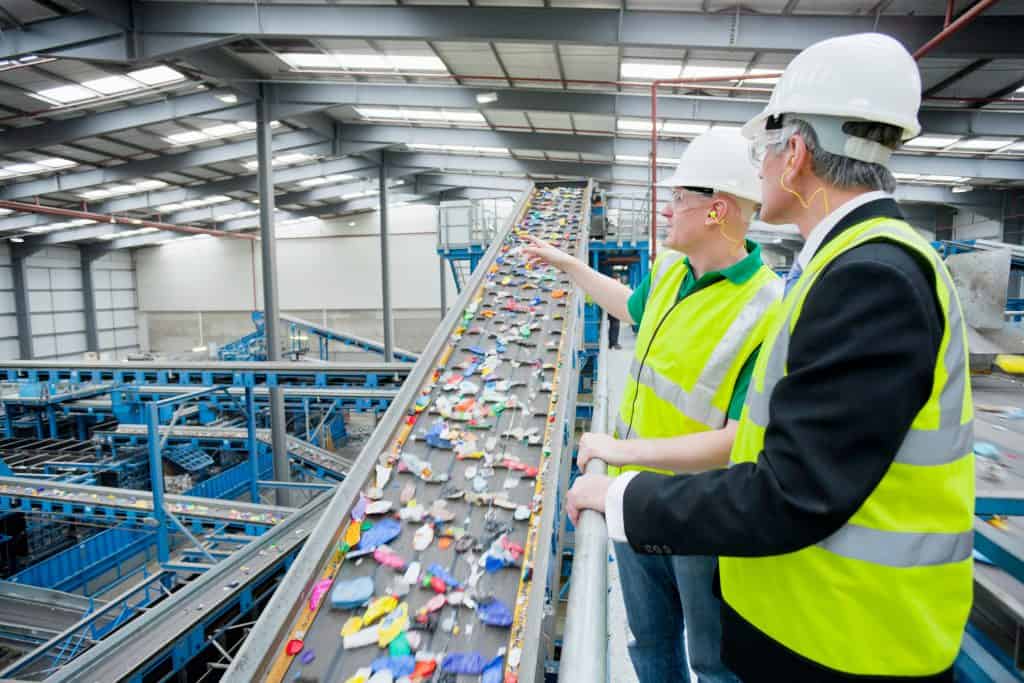Plastics recycling is actually a essential approach in today’s community, because of the enviromentally friendly concerns related to plastic squander. Here’s a comprehensive help guide to understanding plastic recycling:
1. Varieties of Plastic:
Plastics are grouped based on their resin rules, starting from Dog (Polyethylene Terephthalate) to PVC (Polyvinyl Chloride). Each type demands various recycling procedures.
Family pet plastics, generally located in normal water bottles, are widely reused, while PVC plastics, employed in pipes and packing, cause obstacles because of the structure.
2. Recycling Process:
Selection: Plastic squander is gathered from a variety of options, including families, organizations, and recycling locations.
Searching: The collected plastics are categorized based upon their resin requirements and coloration. Advanced sorting systems like programmed eye selecting methods are used for productivity.
Shredding: Plastics are then shredded into smaller parts to assist in the recycling procedure.
Cleansing: Shredded plastics experience detailed cleansing to eliminate pollutants such as dirt and labeling.
Melting and Pelletizing: Cleansed plastics are dissolved and established into pellets, which bring raw material for producing new releases.
3. Challenges in Plastic Recycling:
Pollution: Contamination from foods residue or any other resources may affect the caliber of re-cycled plastics.
Downcycling: Some plastics is only able to be re-cycled into decrease-top quality items, ultimately causing a decline in materials value after a while.
Deficiency of Infrastructure: Substandard recycling structure in some regions hinders efficient plastic recycling efforts.
4. Ecological Effect:
Vitality Savings: Recycling plastics conserves power in comparison with making virgin plastic.
Decrease in Landfill Waste: Recycling helps divert plastic squander from landfills, lowering environmental contamination.
Conservation of Solutions: By recycling plastics, much less organic resources are used in the production of new supplies.
5. Importance of Consumer Engagement:
Appropriate Removal: Shoppers enjoy an important role in ensuring plastic waste materials is disposed of correctly in recycling receptacles.
Decrease and Reuse: Reducing plastic consumption and choosing reusable choices can more relieve the responsibility on recycling techniques.
6. Enhancements in Plastic Recycling:
Substance Recycling: Advanced tactics including chemical substance recycling breakdown plastics within their molecular components for reuse.
Bioplastics: Development of naturally degradable and compostable plastics delivers environmentally friendly choices to classic plastics.
7. Future Perspective:
Alliance: Governments, industries, and communities should team up to boost plastic recycling system and practices.
Development: Carried on analysis and development are very important for establishing more efficient recycling technology and sustainable resources.
To summarize, plastics recycling is a crucial facet of environmental preservation, requiring collective efforts to handle difficulties and advertise sustainable methods.
